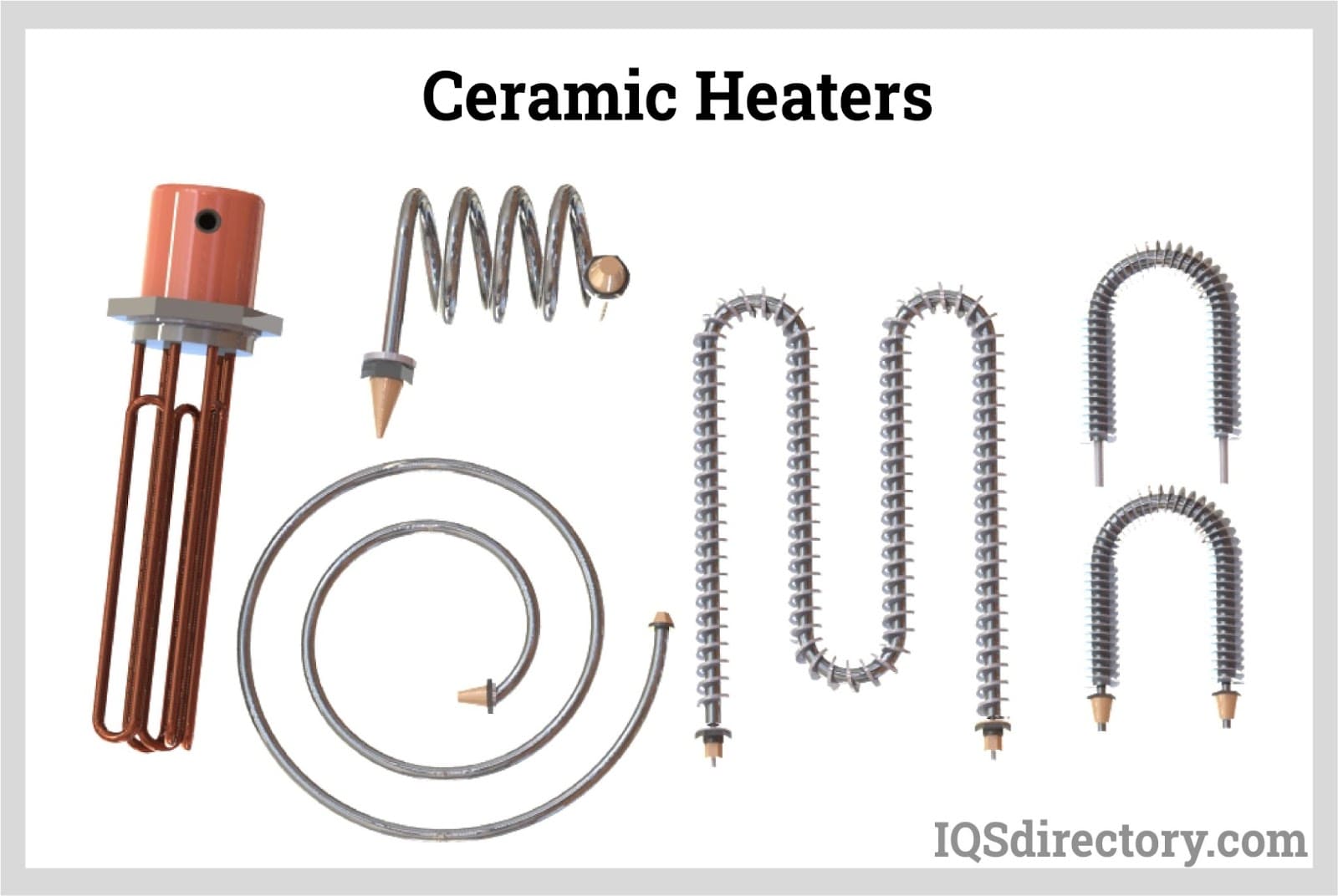Unknown Facts About 1 Source Portable Air
Unknown Facts About 1 Source Portable Air
Blog Article
1 Source Portable Air - An Overview
Table of ContentsThe Definitive Guide for 1 Source Portable Air1 Source Portable Air - An OverviewHow 1 Source Portable Air can Save You Time, Stress, and Money.10 Easy Facts About 1 Source Portable Air Described1 Source Portable Air Can Be Fun For Everyone
Running prices are based upon an electrical power price of 40c/kWh. The prices for 3 months' use in winter are based on 500 hours make use of, or roughly 6 hours each day for three months. Maximum warm outcome is based on the optimum power level of the versions we have actually evaluated (we concentrate on higher electrical power heaters).
On standard, little follower heaters are much less pricey to purchase, but can have higher running costs. Oil column heaters will be the most inexpensive on the market to run (on standard) but only by a narrow margin ahead of convection heating units (like panel and micathermic panels).
The 30-Second Trick For 1 Source Portable Air
If you have a reversible ceiling follower, it'll assist disperse the warmth around the space much more evenly. The versions in our electrical heaters examination commonly variety in price from well under $100 to over $900, yet we've discovered a higher price does not constantly suggest better efficiency. A number of pricey heaters have fallen short to impress our testers, while some less costly versions produce surprisingly great buys.
As the name suggests, they emit warm from a red-hot heating aspect (so the family members will need to take turns resting in front of it). There are floor and wall-mounted designs offered. Radiant heaters are reasonably affordable. They have a cosy glow and individual warming effect, like being in front of a fire.
The reasonably exposed burner can be a fire and security hazard. For instance, an item of clothing went down over it might stir up, or children messing around a flooring design may burn themselves, so be mindful. Glowing heating units normally set you back in between $20 and $200. Oil-filled column heating systems don't really shed oil they make use of electrical energy to heat up the oil that's sealed inside their columns or 'fins'.
The Single Strategy To Use For 1 Source Portable Air
Some column heating systems aren't even oil-filled but rather use various other product or home heating modern technology to function the exact same method - 1 Source Portable Air. The threat of fire with an oil column heating unit is reduced contrasted to other heating unit types, however never zero. Oil heating units don't have actually exposed components like radiant heaters do, and their surface area temperature reference level is lower than lots of various other heating unit types (their large area offsets it)
Oil column heating systems will not blow up, and while they don't burn their oil to create heat, it's still flammable, so there is a fire danger if the oil leakages, if the heater topple and leakages, or if flammable things or material come into contact or fall on the heating system. You ought to work out the exact same level of caution with oil heaters get redirected here when it comes to various other heating system kinds, and never ever hang towels or clothes over one to dry them make use of a drying out rack rather, a minimum of one metre away.
Column heating systems are especially beneficial in rooms where they'll be activated for extended periods of time or where they'll operate unattended, such as over night in a bed room. The surfaces you're most likely to touch on a column heater do not get as hot as other kinds of electric heaters. You can make use of a ceiling fan on very reduced speed to aid the column heating unit to distribute the warmth quicker and more uniformly.
If there's not much air activity (for instance, if you're resting analysis or viewing television), the heat might not be distributed uniformly. Oil-filled column heating systems normally set you back between $50 and $450. Convection and panel heating systems attract chilly air over an electrical burner. The warmed up air then leaves the heating unit and climbs towards the ceiling, while cooler air relocate to change it.
Getting My 1 Source Portable Air To Work

Convection and panel heating systems are much more mobile than their oil-filled column heating system equivalents due to the fact that they're significantly lighter. They'll heat the air in a room evenly and quickly. Like a column heater, you can use a ceiling fan on very reduced rate to disperse the warmth quicker and a lot more uniformly. Some designs, especially panel heaters, are relatively expensive to buy.

1 Source Portable Air - Truths
Fan heating systems are commonly smaller and extra portable than various other electric heaters. They likewise come in the type of tower fan heating systems, which can be better for dispersing warm around bigger spaces as a result of their taller profile. They can warm the air in a room a lot more rapidly, uniformly and quickly than some other heating system types.
They can be fairly noisy with the follower on full power, though are generally reasonably silent at lower fan rates. Fan heating units (ceramic or otherwise) generally expense in between $60 and $900. Ceramic fan heating systems aren't necessarily any type of different in cost to non-ceramic versions. A relatively recent participant right into the consumer market, infrared heating systems heat up the area like the sunlight heats your face (without the UV rays so no risk of skin cancer cells). 1 Source Portable Air.
Report this page